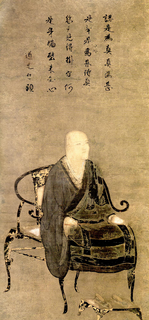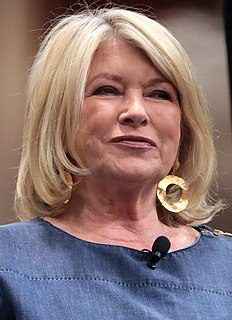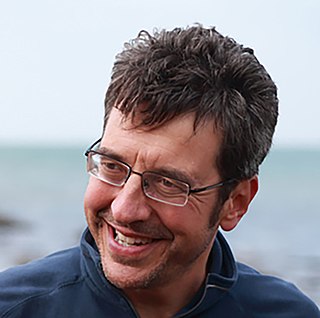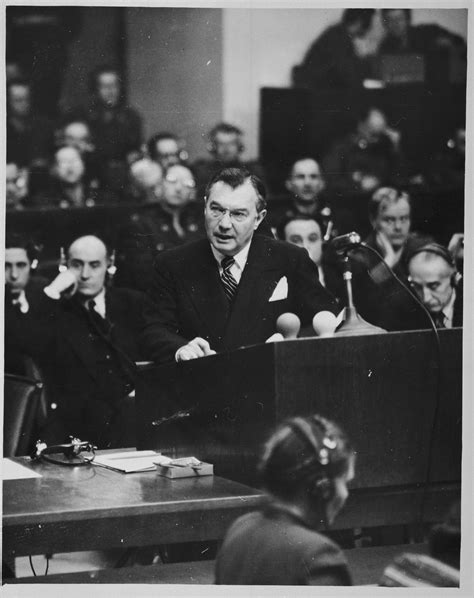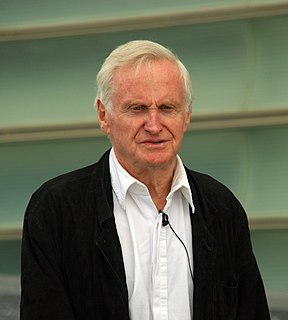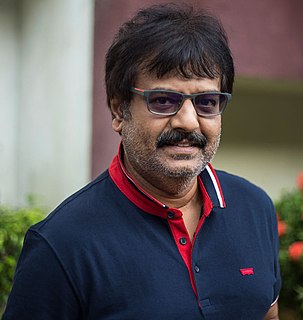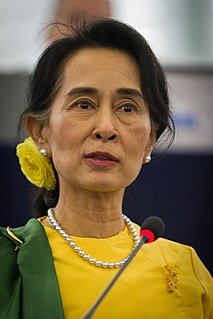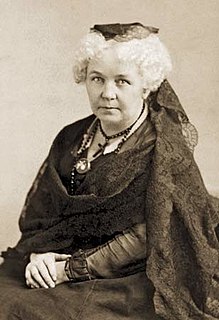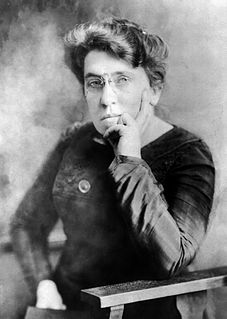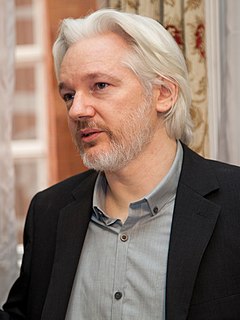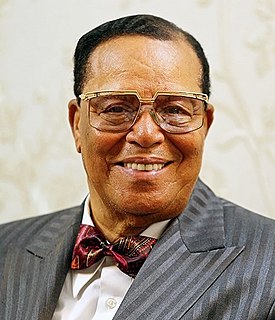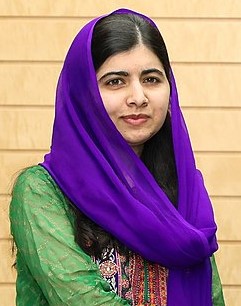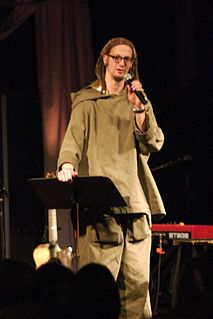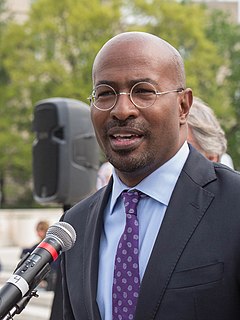A Quote by Gail Bradbrook
I planted trees but the idea that you can offset carbon is nonsense - planting trees is more a way of acknowledging harm and apologising.
Related Quotes
I think of Wangari Mathai in Kenya. If she started out saying she wanted to plant 20 million trees, she would have been laughed at. In fact, the foresters and the government did laugh at her. They said, "Villagers? Un-schooled villagers? Planting trees? No, no, no, it takes foresters." So she planted trees anyway.
In the assemblies of the enlightened ones there have been many cases of mastering the Way bringing forth the heart of plants and trees; this is what awakening the mind for enlightenment is like. The fifth patriarch of Zen was once a pine-planting wayfarer; Rinzai worked on planting cedars and pines on Mount Obaku. . . . Working with plants, trees, fences and walls, if they practice sincerely they will attain enlightenment.
Tree of Liberty: A tree set up by the people, hung with flags and devices, and crowned with a cap of liberty. The Americans of the United States planted poplars and other trees during the war of independence, "as symbols of growing freedom." The Jacobins in Paris planted their first tree of liberty in 1790. The symbols used in France to decorate their trees of liberty were tricoloured ribbons, circles to indicate unity, triangles to signify equality, and a cap of liberty. Trees of liberty were planted by the Italians in the revolution of 1848.
I never stop making sure that what I say is the best of what could be said about a particular thing. It's a constant evolution. If I planted a tree one way yesterday, and somebody tells me of a better way to plant a tree, I think, 'You know, they're right, that's better.' Then I change my way to accommodate the new way of planting trees.
Last century, when the beams needed replacing, carpenters used oak trees that had been planted in 1386 when the dining hall was first built. The 14th-century builder had planted the trees in anticipation of the time, hundreds of years in the future, when the beams would need replacing. Did the carpenters plant new trees to replace the beams again a few hundred years from now?
You have to be open to change. I never stop making sure that what I say is the best of what could be said about a particular thing. It's a constant evolution. If I planted a tree one way yesterday and somebody tells me of a better way to plant a tree, I think, You know, they're right, that's better. Then I change my way to accommodate the new way of planting trees.
The school children of New York State planted more than 200,000 trees within ten years from the time Arbor Day was recognized. Few similar efforts in years have been more thoroughly commendable than the effort to get our people practically to show their appreciation of the beauty and usefulness of trees.


